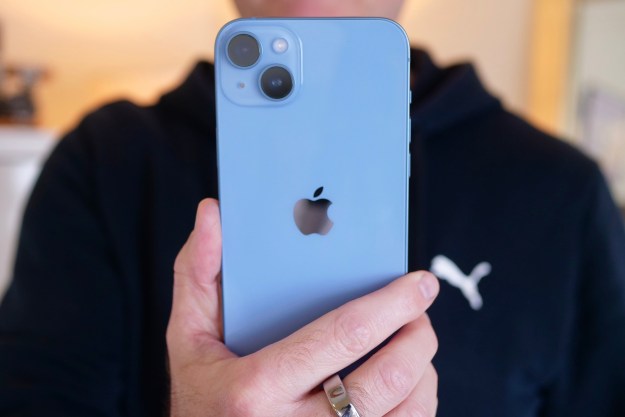
In a report from the Wall Street Journal, multiple sources inside China claim that inventory has been piling up for two months, at a time when suppliers would usually be rushing to send orders and hiring more employees.
Foxconn, the lead manufacturer of the iPhone, received $12 million in subsidies from the Zhenzhong government to minimize layoffs at the company’s factories. Foxconn apparently started dismissing several employees shortly after the Lunar New Year, due to Apple’s new sales forecast.
Apple has not said anything to investors about the new forecast. Chief executive Tim Cook said he expects sales to increase in the fourth quarter, but declined to project future sales. The lack of response from Apple might be hurting the company even more on the stock market, with its value dropping to its lowest point in 12 months.
The S model of the iPhone tends to be a less exciting upgrade for customers, and this may have led to lower sales. The growth of Huawei in China might be another reason, with the Chinese company reporting sales of over 100 million this year and taking the number one spot in the country.
According to a similar report from Nikkei, Apple gives forecasts every couple of months to suppliers, alerting them to any changes. We suspect this new forecast is for the spring season, where Apple tends to sell less units.
The March event might have a significant impact on iPhone releases, with rumors of the iPhone 6C launching at the event alongside the Apple Watch 2. That would give Apple two launch windows in a year for its smartphone line, which might stop Foxconn and other suppliers from removing employees or losing money in the early months of the year.
Editors' Recommendations
- Here’s how Apple could change your iPhone forever
- Why you should buy the iPhone 15 Pro Max instead of the iPhone 15 Pro
- iPhone 16: news, rumored price, release date, and more
- Everything Apple says is wrong about the DOJ’s iPhone lawsuit
- I’ve had the iPhone 15 Pro for six months. Here’s why it’s still amazing


